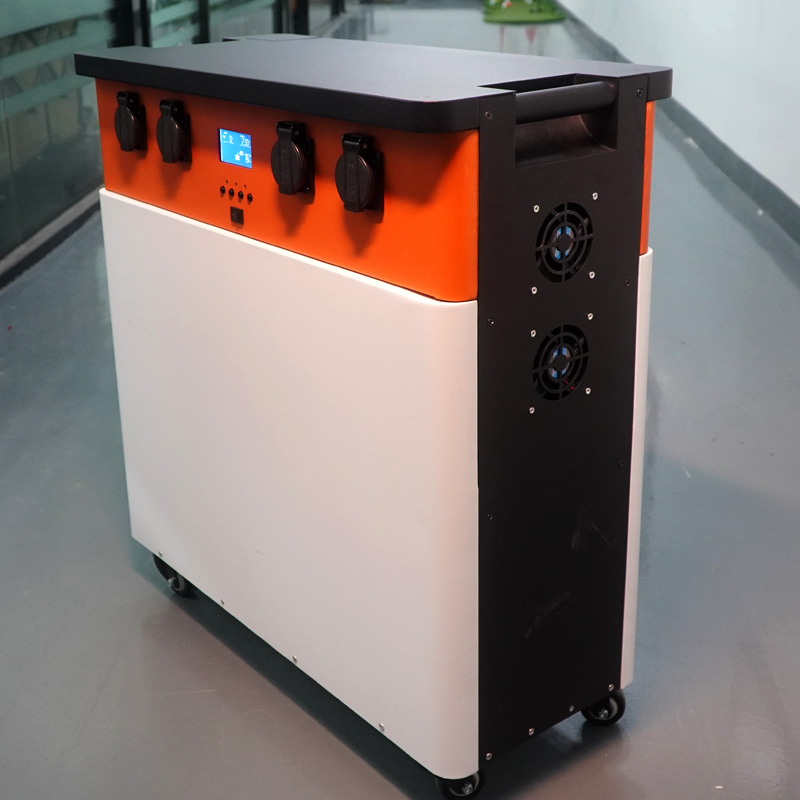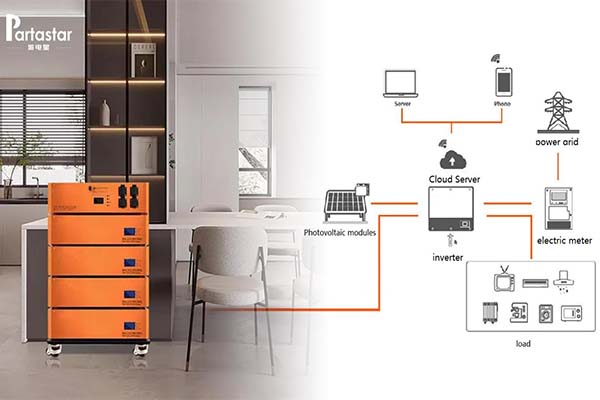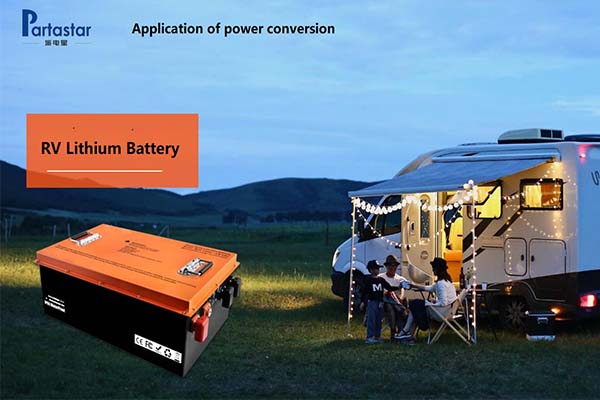A 1000-watt power station is a portable power source that can power a variety of electronic devices and appliances. These power stations come with different features and specifications, but in general, they are designed to provide reliable and convenient power for outdoor activities, emergency situations, or remote locations where access to a power grid is limited or nonexistent.
In this article, we will discuss what a 1000-watt power station can run, how it works, and the various factors that can affect its performance and capacity.
What is a 1000-watt power station?
A 1000-watt power station is a compact and portable power source that can generate up to 1000 watts of power. It consists of a battery pack, an inverter, and various input and output ports that allow you to connect different devices and appliances. Power stations are designed to be recharged using solar panels, wall outlets, or car chargers, depending on the model and the manufacturer.

Power stations are becoming increasingly popular among outdoor enthusiasts, campers, hikers, and people who live in areas prone to power outages. They offer a convenient and reliable source of power for charging phones, laptops, cameras, and other electronic devices, as well as powering small appliances such as refrigerators, fans, and lights.
What can a 1000-watt power station run?
A 1000-watt power station can power a wide range of devices and appliances, as long as they do not exceed its maximum power output. Here are some examples of devices and their wattage requirements:
- Laptops: Most laptops require between 50 and 100 watts of power, depending on the model and the usage.
- Phones and tablets: These devices typically require less than 10 watts of power to charge.
- Cameras: Cameras and camcorders may require between 20 and 50 watts of power, depending on their features and accessories.
- Fans: Small fans may require between 50 and 100 watts of power, while larger fans may require up to 500 watts.
- Lights: LED lights typically require between 5 and 50 watts of power, depending on their brightness and color.
- Refrigerators: Small refrigerators may require between 100 and 300 watts of power, while larger ones may require up to 1000 watts.
- Power tools: Power tools such as drills, saws, and sanders may require between 500 and 1000 watts of power, depending on their size and usage.
It is important to note that the actual power consumption of a device may vary depending on its usage and other factors, such as the temperature, the humidity, and the altitude. Therefore, it is always a good idea to check the wattage requirements of your devices before connecting them to a power station, and to monitor their power consumption to ensure that they do not exceed the maximum capacity of the power station.
How does a 1000-watt power station work?
A 1000-watt power station works by converting the DC (direct current) power stored in its battery pack into AC (alternating current) power that can be used to power electronic devices and appliances. This process is carried out by an inverter, which is a device that can convert DC power into AC power with high efficiency and low distortion.
The battery pack of a power station is charged using an external power source, such as a solar panel, a wall outlet, or a car charger. The charging time and the capacity of the battery pack depend on the model and the manufacturer, but in general, a 1000-watt power station can be fully charged in a few hours using a wall outlet or a car charger, and in several hours or days using a solar panel, depending on the sunlight conditions.
Once the battery pack is fully charged, the power station can be used to power electronic devices and appliances by connecting them to its output ports. Most power stations come with a variety of output ports, such as AC outlets, USB ports, DC outlets, and car sockets, that can accommodate different types of devices and appliances.
The inverter of a power station can provide a stable and reliable source of AC power, with a low harmonic distortion and a high surge capacity, which means that it can handle short bursts of high-powered devices without shutting down or overheating. The inverter also has a built-in protection system that can prevent overloading, short circuits, and other electrical faults that can damage the power station or the connected devices.



